5-Day Adventure Itinerary to Western Norway
Western Norway, Norway
5 days





About Western Norway, Norway
Experience the breathtaking beauty of Western Norway, a region renowned for its stunning fjords, towering mountains, and vibrant cultural heritage. Embark on a thrilling journey through the UNESCO-listed fjords, Geirangerfjord and Nærøyfjord, or hike the majestic trails of Jotunheimen National Park. Explore the charming coastal cities of Bergen and Ålesund, rich in history and Nordic charm. Discover the unique stave churches in rural villages and savor the local cuisine, featuring fresh seafood and traditional Norwegian dishes. In winter, enjoy world-class skiing and Northern Lights viewing. Western Norway offers a perfect blend of natural beauty, outdoor adventure, and cultural exploration.
5-Day Itinerary
Day 2
Discovering the Majestic Hardangerfjord
Morning
Start your day with a scenic drive to the Hardangerfjord region. Visit the Hardangervidda Nature Centre and learn about Norway's wildlife and nature.
Lunch
Enjoy a picnic lunch by the fjord, with local cheeses, fresh bread, and fruits.
Afternoon
Visit the majestic Vøringsfossen waterfall. Take a hike to the viewing platform for a breathtaking view of the waterfall and the surrounding landscape.
Dinner
Dine at a local restaurant, trying regional dishes like Rakfisk (fermented fish) or Fårikål (mutton stew with cabbage).
Evening
Relax in your accommodation, enjoying the serene surroundings and the clear night sky.
Day 3
Scenic Journey through Flåm and Fjord Cruise
Morning
Start your day with a visit to the picturesque village of Flåm. Take the famous Flåm Railway for a scenic journey through the Norwegian countryside.
Lunch
Have lunch at a local café, trying traditional Norwegian waffles with brown cheese and jam.
Afternoon
Embark on a fjord cruise on the Aurlandsfjord and Nærøyfjord, enjoying the stunning natural beauty of the area.
Dinner
Enjoy dinner at a local restaurant, sampling dishes like Lutefisk (lye fish) or Pinnekjøtt (dried lamb ribs).
Evening
End your day with a leisurely stroll along the fjord, enjoying the peaceful evening atmosphere.
Day 4
Glacier Adventure in Jostedalsbreen National Park
Morning
Start your day with a drive to the Jostedalsbreen National Park. Explore the park and visit the Nigardsbreen glacier.
Lunch
Have a picnic lunch by the glacier, with sandwiches, fruits, and local snacks.
Afternoon
Take a guided glacier hike on the Nigardsbreen glacier, experiencing the unique landscape and stunning views.
Dinner
Dine at a local restaurant, trying regional dishes like Sodd (meat and vegetable soup) or Klippfisk (dried and salted cod).
Evening
Relax in your accommodation, enjoying the serene surroundings and the clear night sky.
Day 5
Art Nouveau and Coastal Scenery in Ålesund
Morning
Start your day with a visit to the city of Ålesund. Explore the Art Nouveau architecture and visit the Ålesund Aquarium.
Lunch
Enjoy lunch at a local café, trying traditional Norwegian fish cakes or seafood soup.
Afternoon
Take a boat tour to the nearby islands and lighthouses, enjoying the coastal scenery and wildlife.
Dinner
Have dinner at a restaurant offering local Norwegian cuisine. Try dishes like Bacalao (salted cod) or Fenalår (salted, dried and cured lamb).
Evening
End your trip with a visit to the Aksla Viewpoint for a panoramic view of Ålesund and the surrounding archipelago.
Attractions in Itinerary (9)
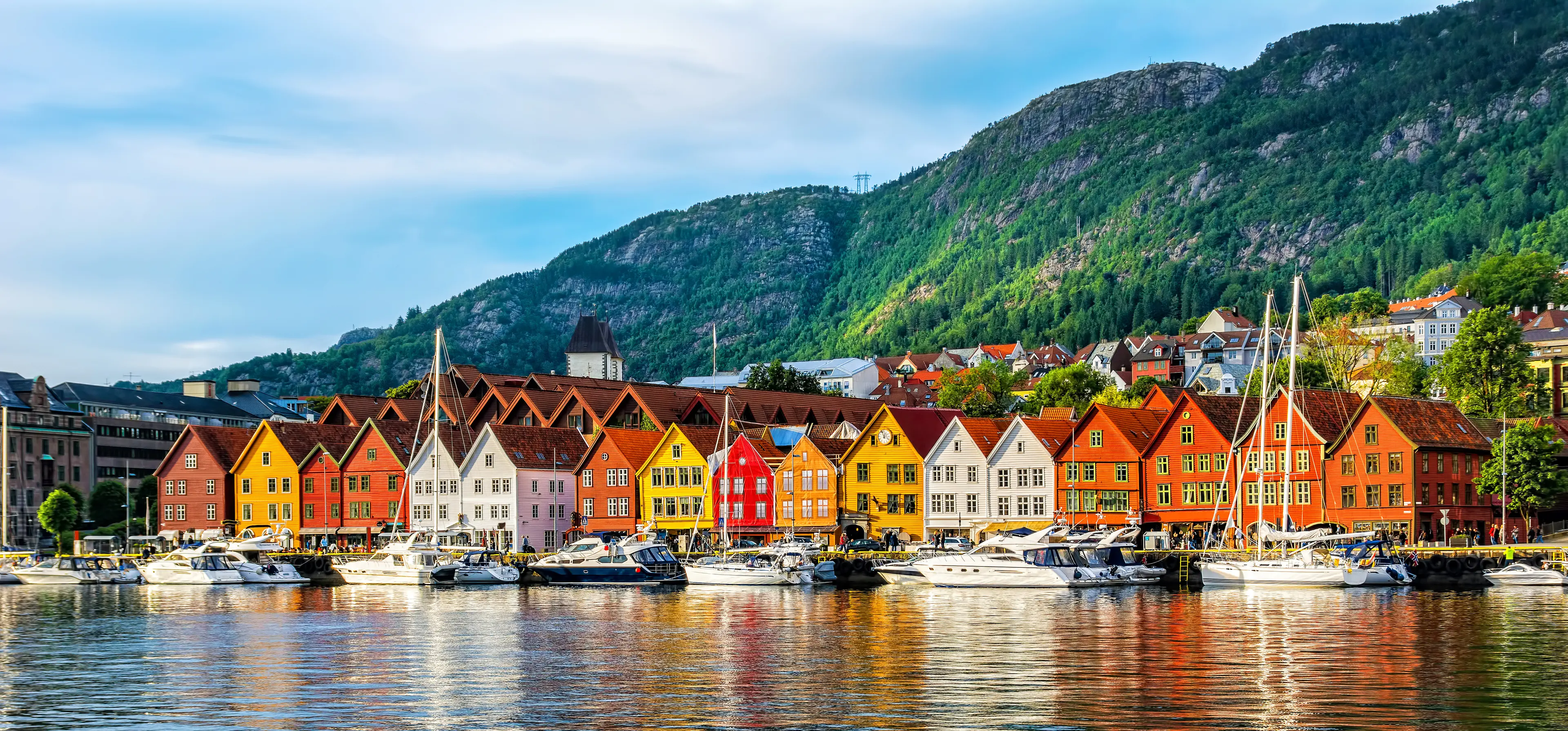
1Bryggen Wharf
A series of Hanseatic commercial buildings lining the eastern side of the Vågen harbour in Bergen, Norway.

2Mount Fløyen
A mountain offering hiking trails and stunning views of the city and fjords.
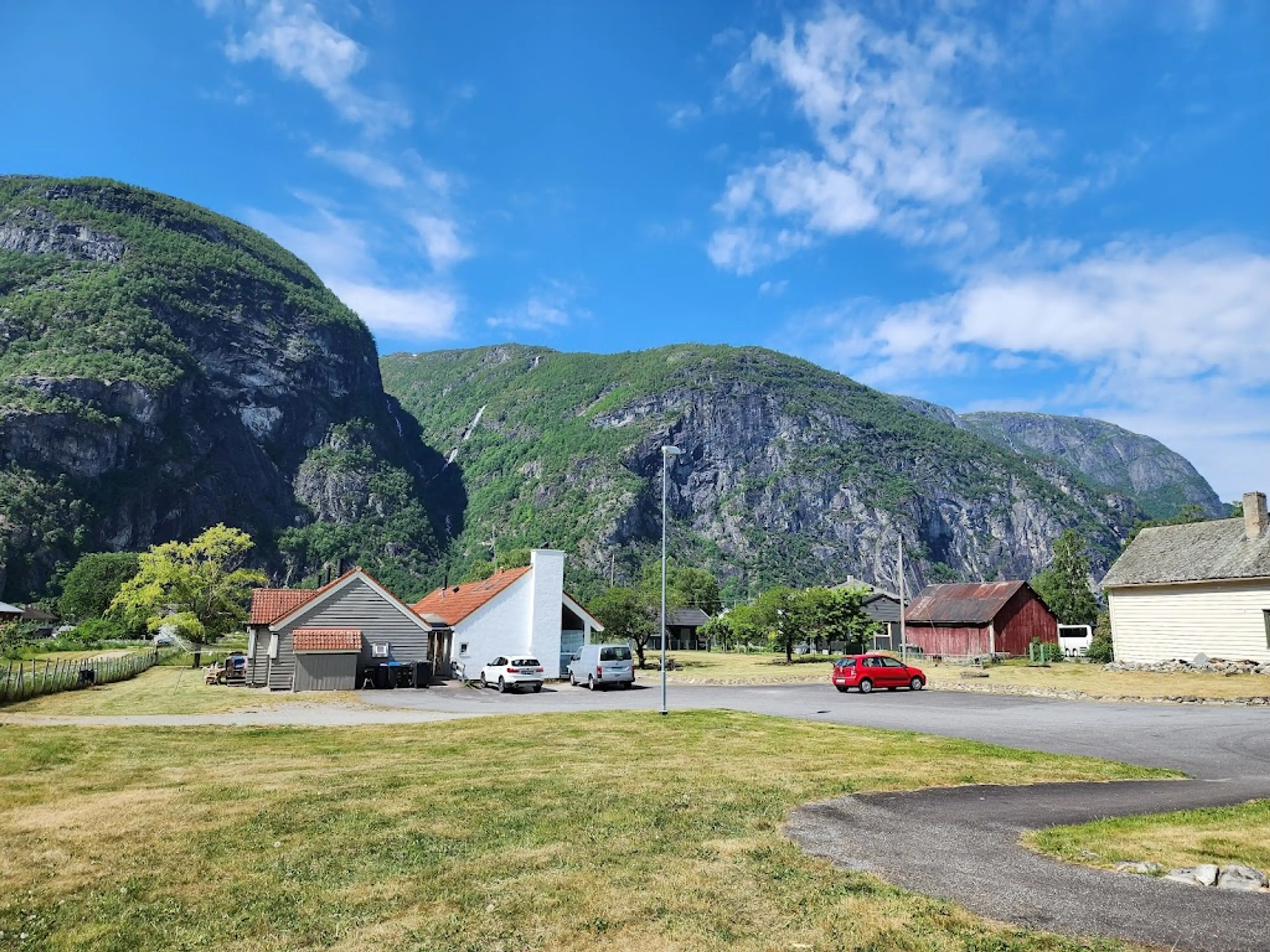
3Hardangervidda Nature Centre
A museum and visitor center providing information about the wildlife, flora, and fauna of Hardangervidda National Park. It also features an impressive panoramic film about the park.
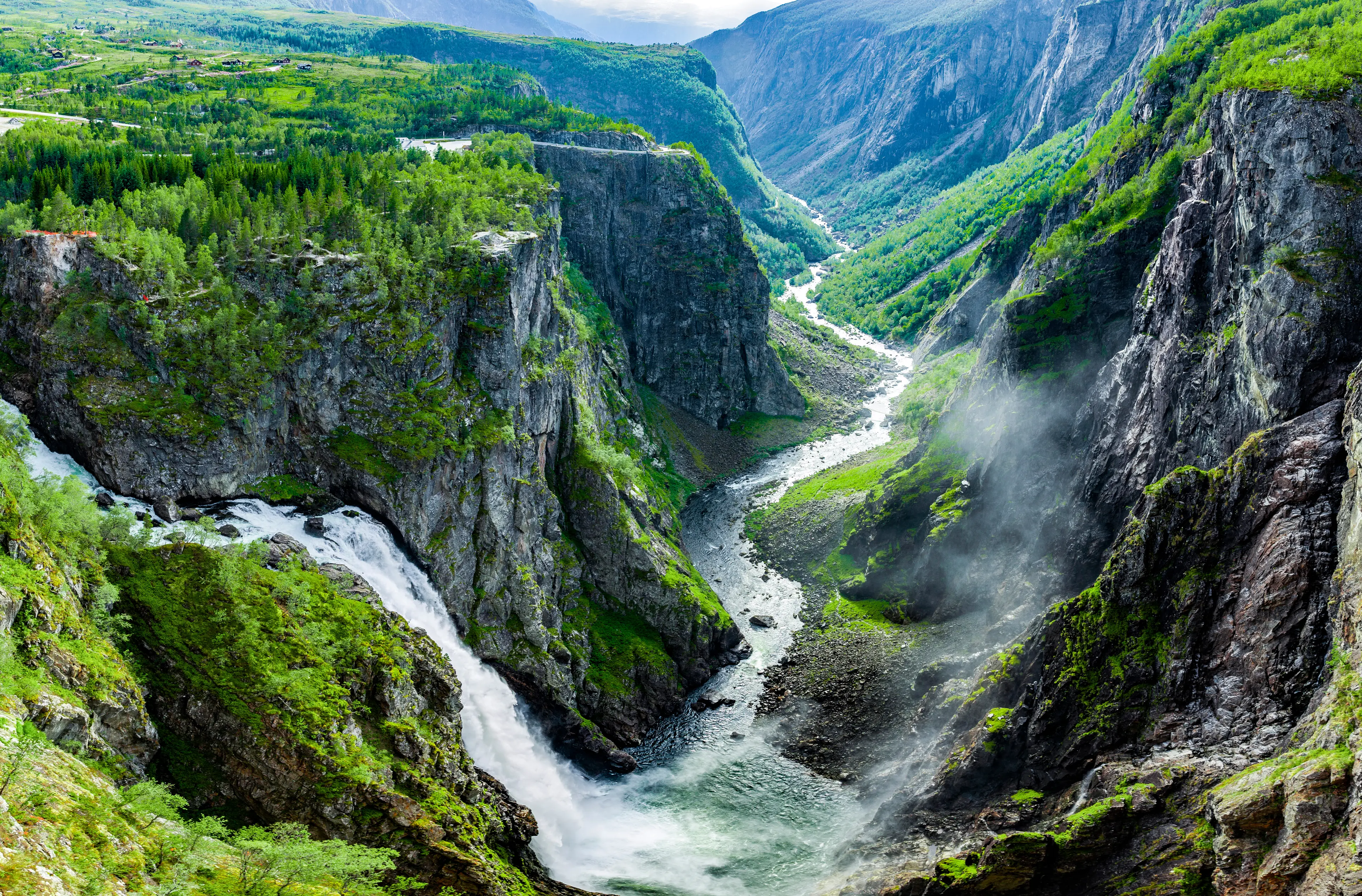
4Vøringsfossen waterfall
One of the most famous waterfalls in Norway, plunging 182 meters from the Hardangervidda plateau into the Måbødalen valley.

5Flåm Railway
One of the most beautiful train journeys in the world, offering panoramic views of the Norwegian fjord landscape.
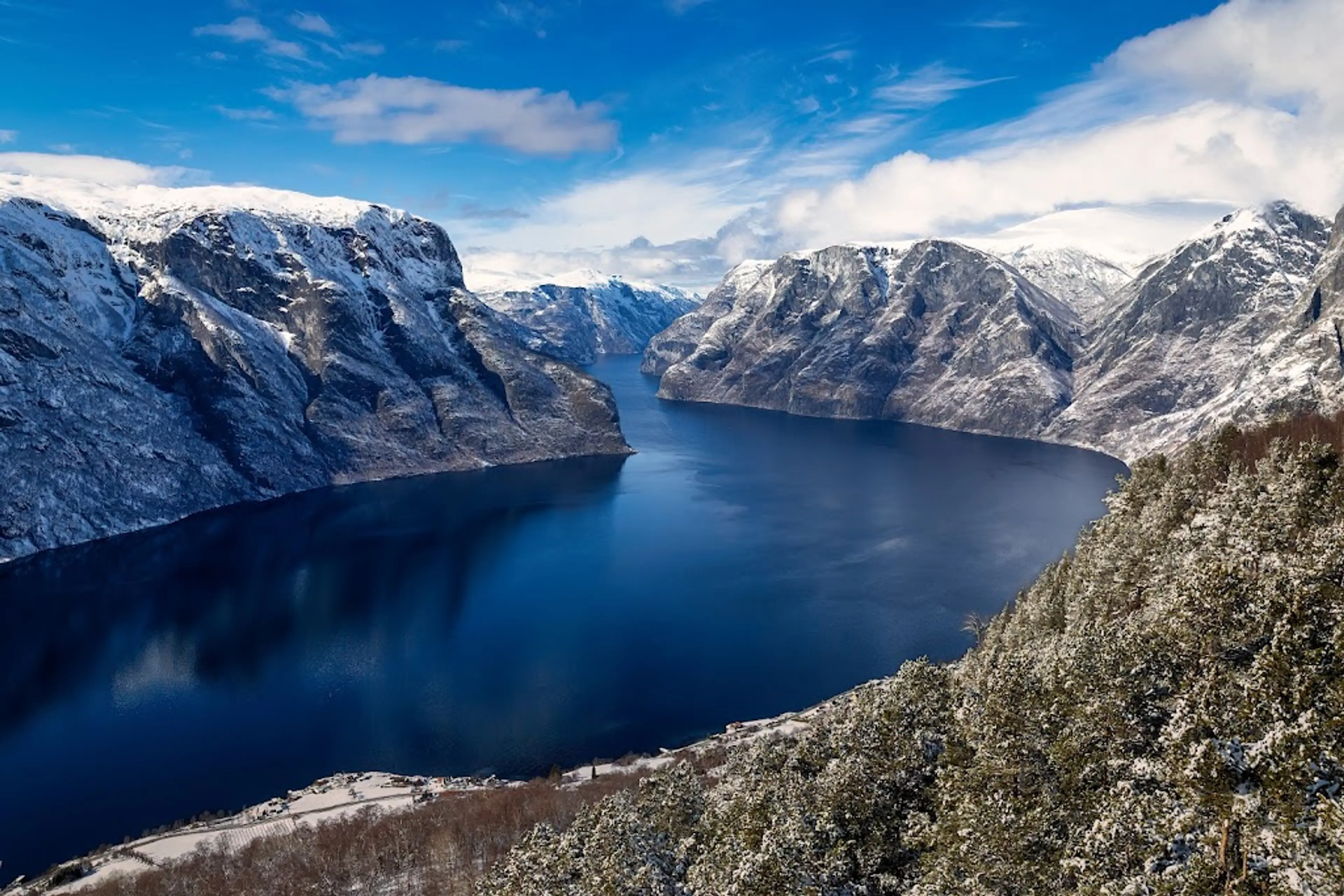
6Aurlandsfjord and Nærøyfjord
Aurlandsfjord and Nærøyfjord are two of the most picturesque fjords in the world, offering stunning views of the surrounding mountains and waterfalls.
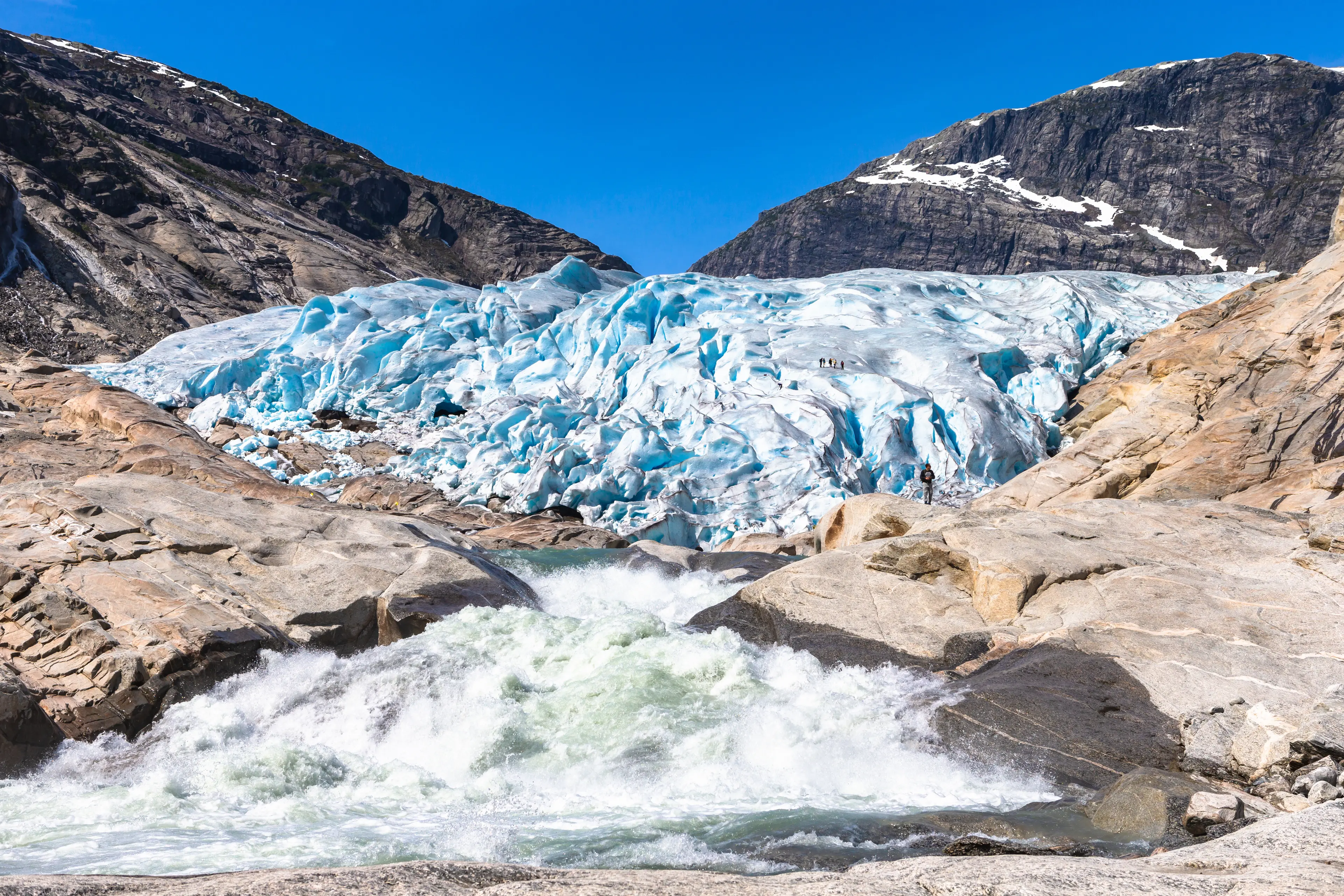
7Nigardsbreen glacier
Nigardsbreen is a glacier arm of the large Jostedalsbreen glacier. Visitors can take guided tours onto the glacier and experience the blue ice and the fantastic landscape.
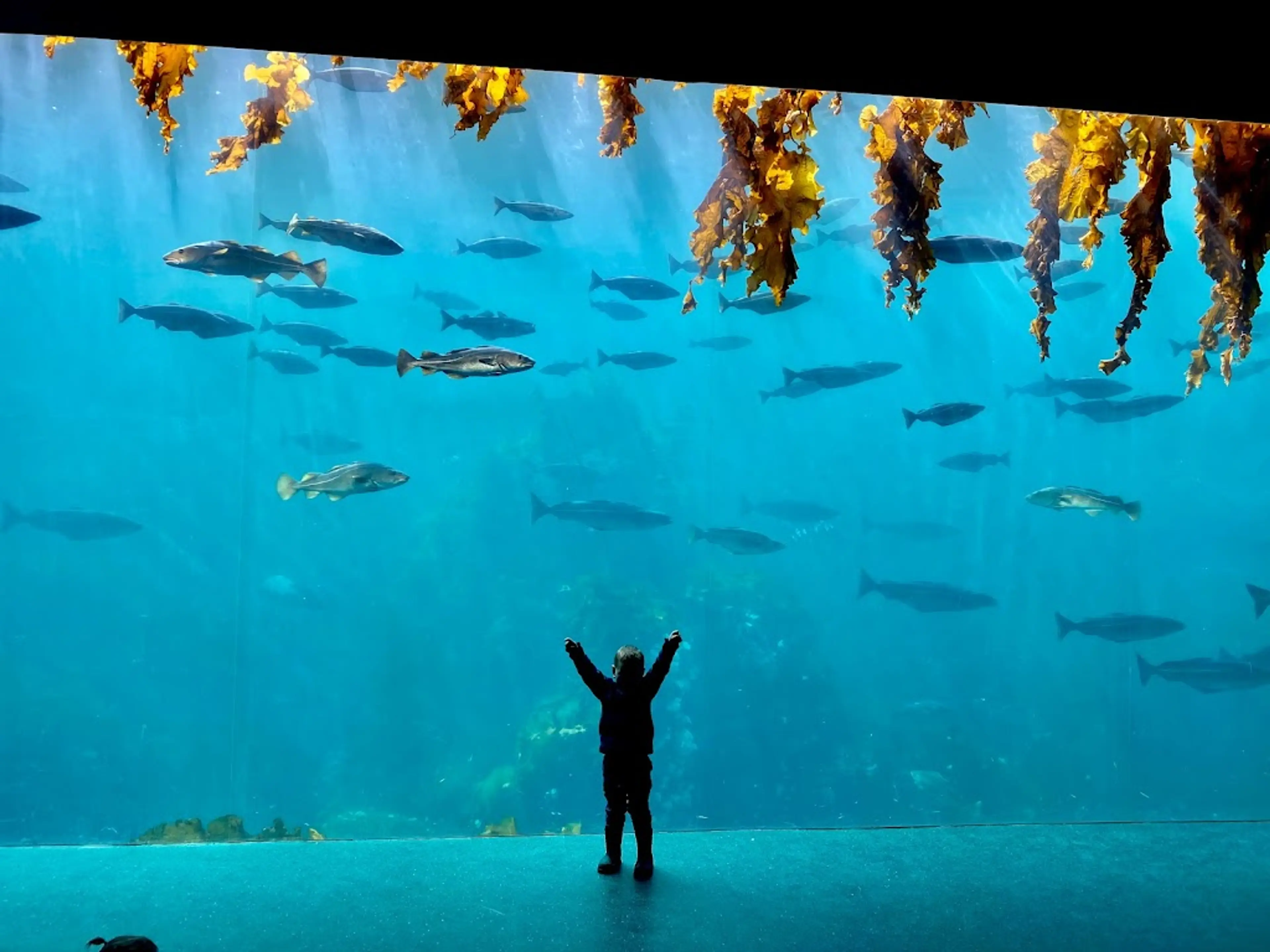
8Ålesund Aquarium
Atlanterhavsparken or Ålesund Aquarium is one of the largest saltwater-aquariums in northern Europe.
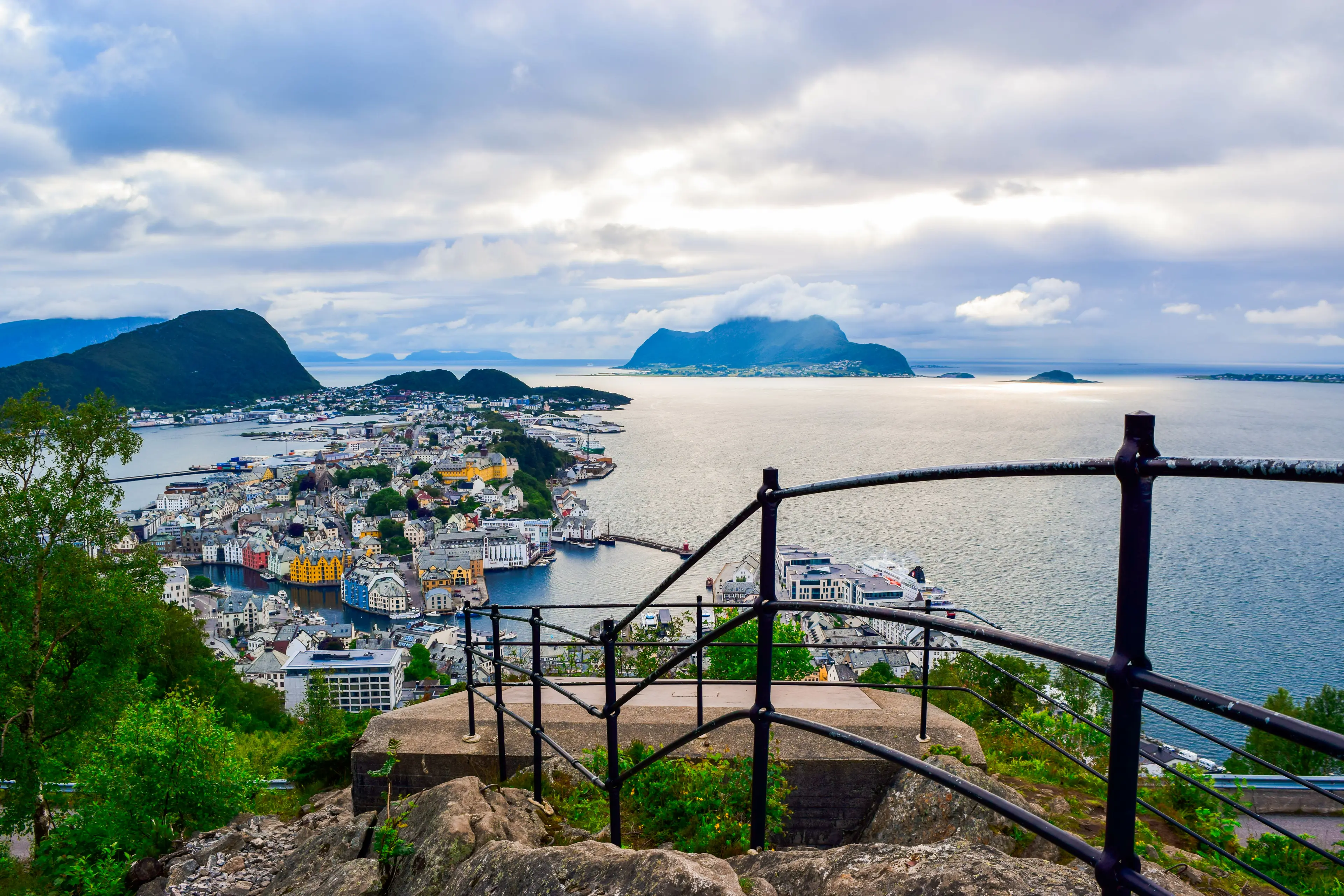
9Aksla Viewpoint
Aksla Viewpoint offers panoramic views of the city of Ålesund and the surrounding islands. It can be reached by climbing 418 steps, driving or taking the City Train to Fjellstua.
Local Food and Drinks (12)

Fårikål
Fårikål is Norway's national dish, and it's a hearty mutton and cabbage stew. It's particularly popular in Western Norway, where sheep farming is prevalent.
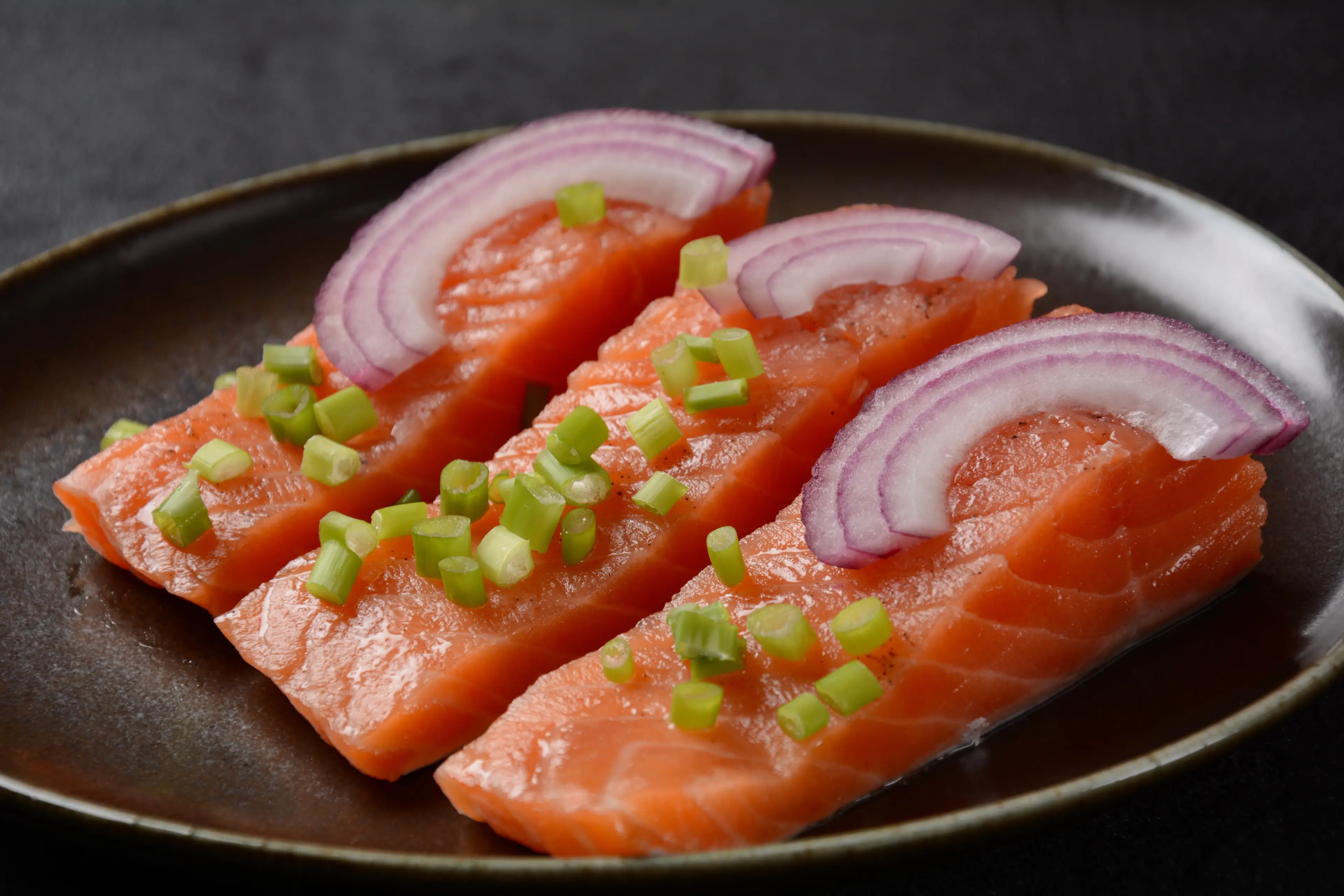
Rakfisk
Rakfisk is a traditional Norwegian dish made from fermented fish, usually trout. It's a delicacy in Western Norway, especially during the holiday season.
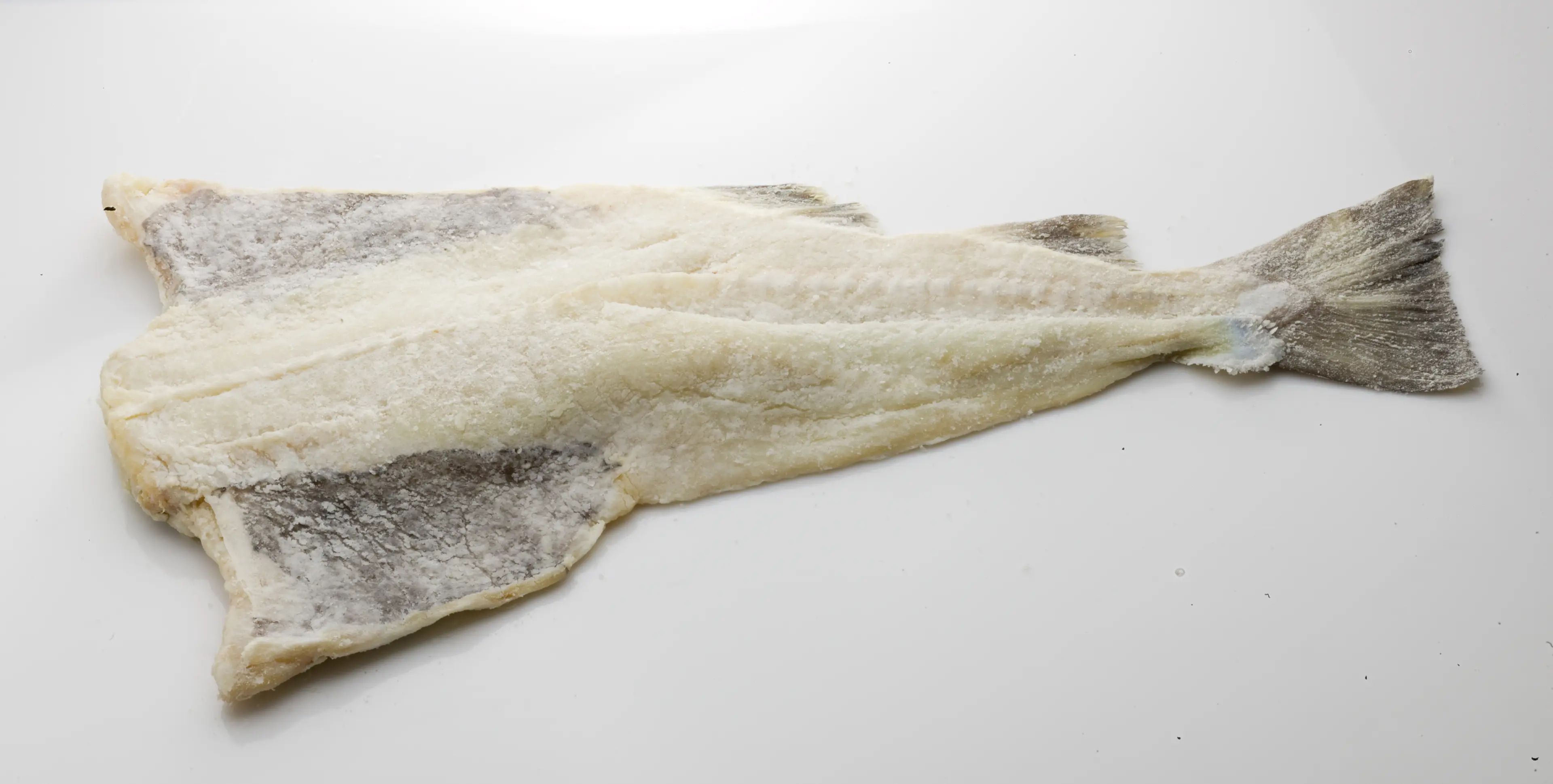
Klippfisk
Klippfisk is dried and salted cod, a staple in the Norwegian diet. It's particularly popular in Western Norway, where it's often used in traditional dishes.
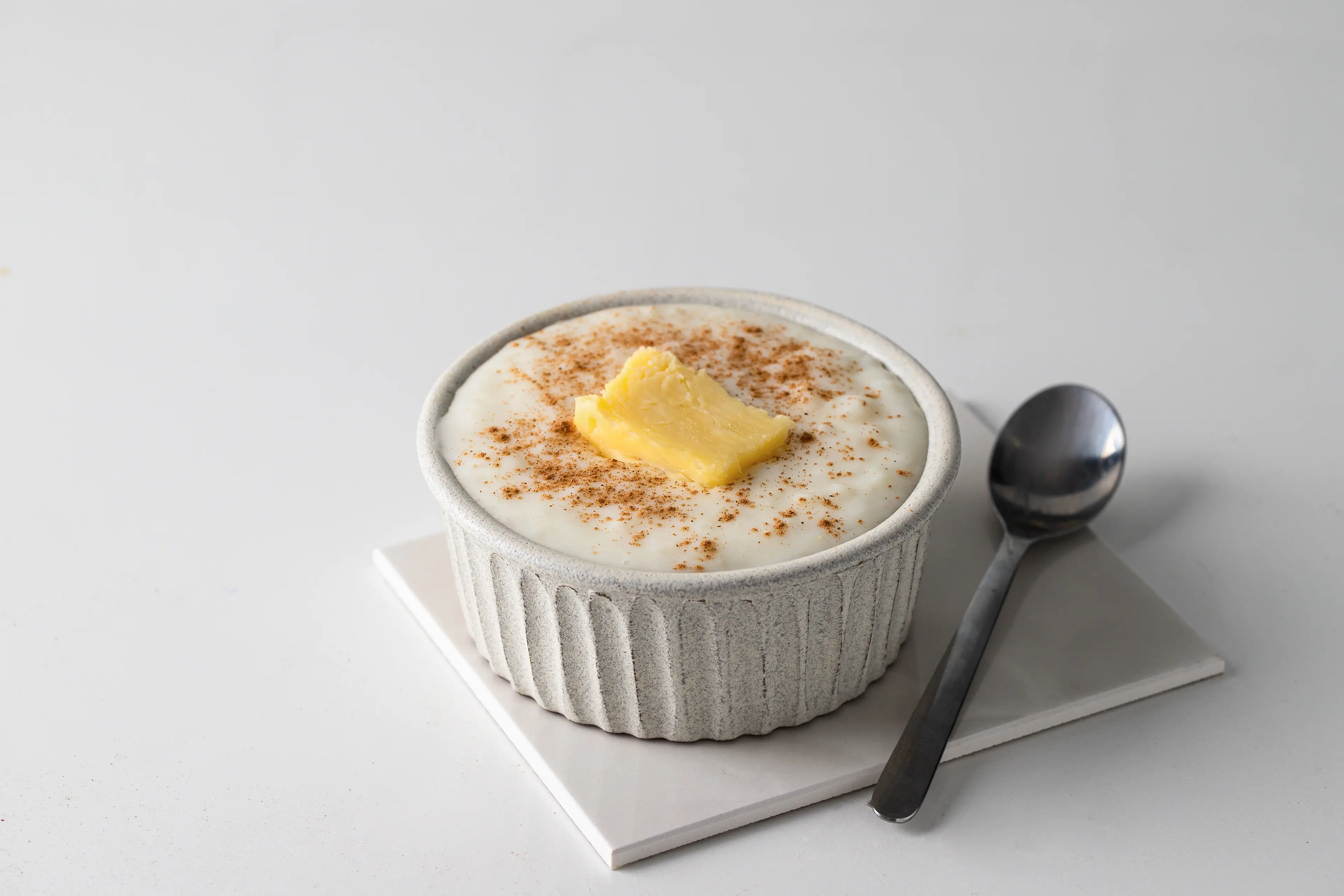
Rømmegrøt
Rømmegrøt is a traditional Norwegian porridge made with sour cream, whole milk, wheat flour, butter, and salt. It's a popular comfort food in Western Norway.
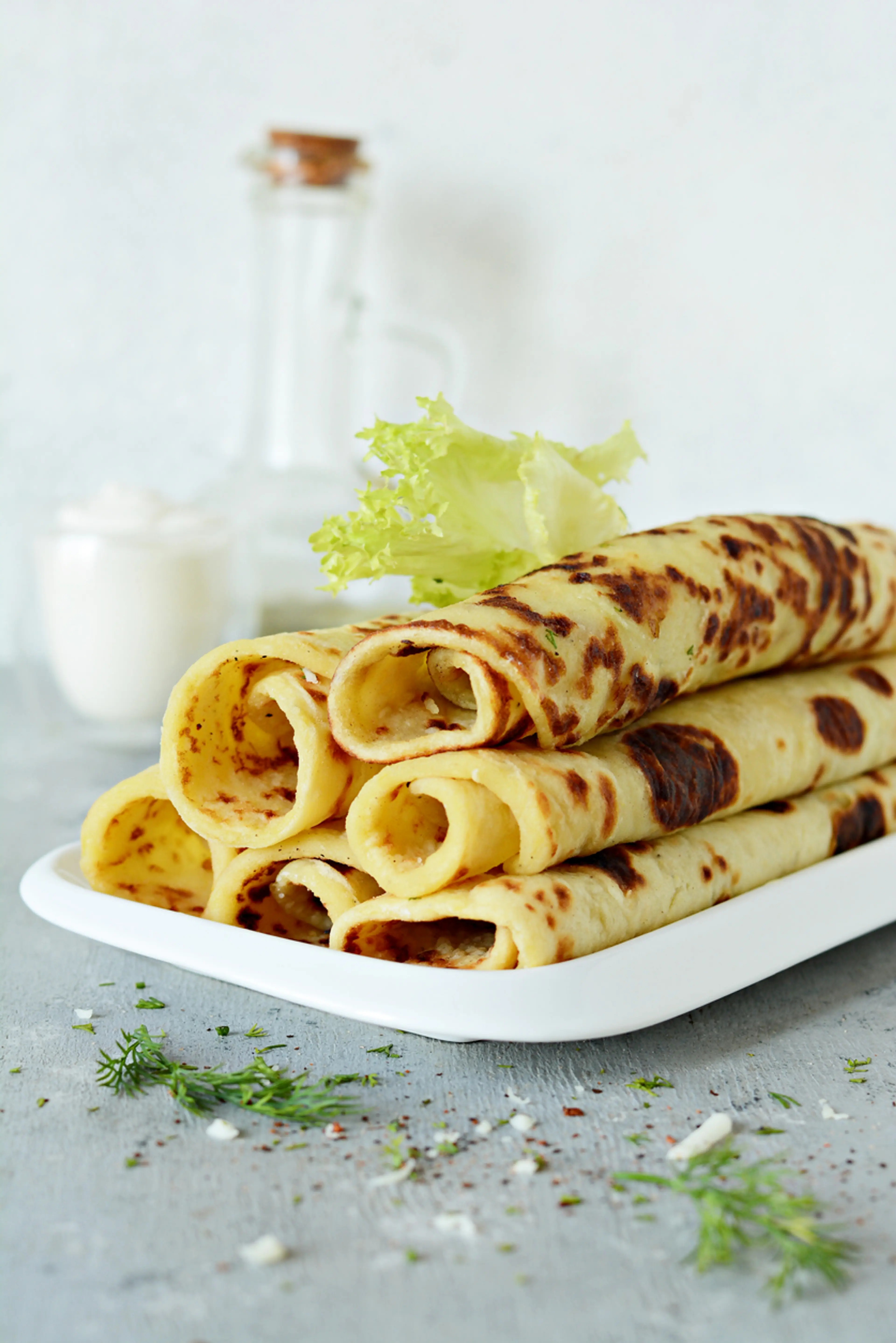
Lefse
Lefse is a traditional soft Norwegian flatbread made with potatoes, flour, butter, and milk or cream. It's a staple in Western Norway, often served with butter, sugar, and cinnamon.
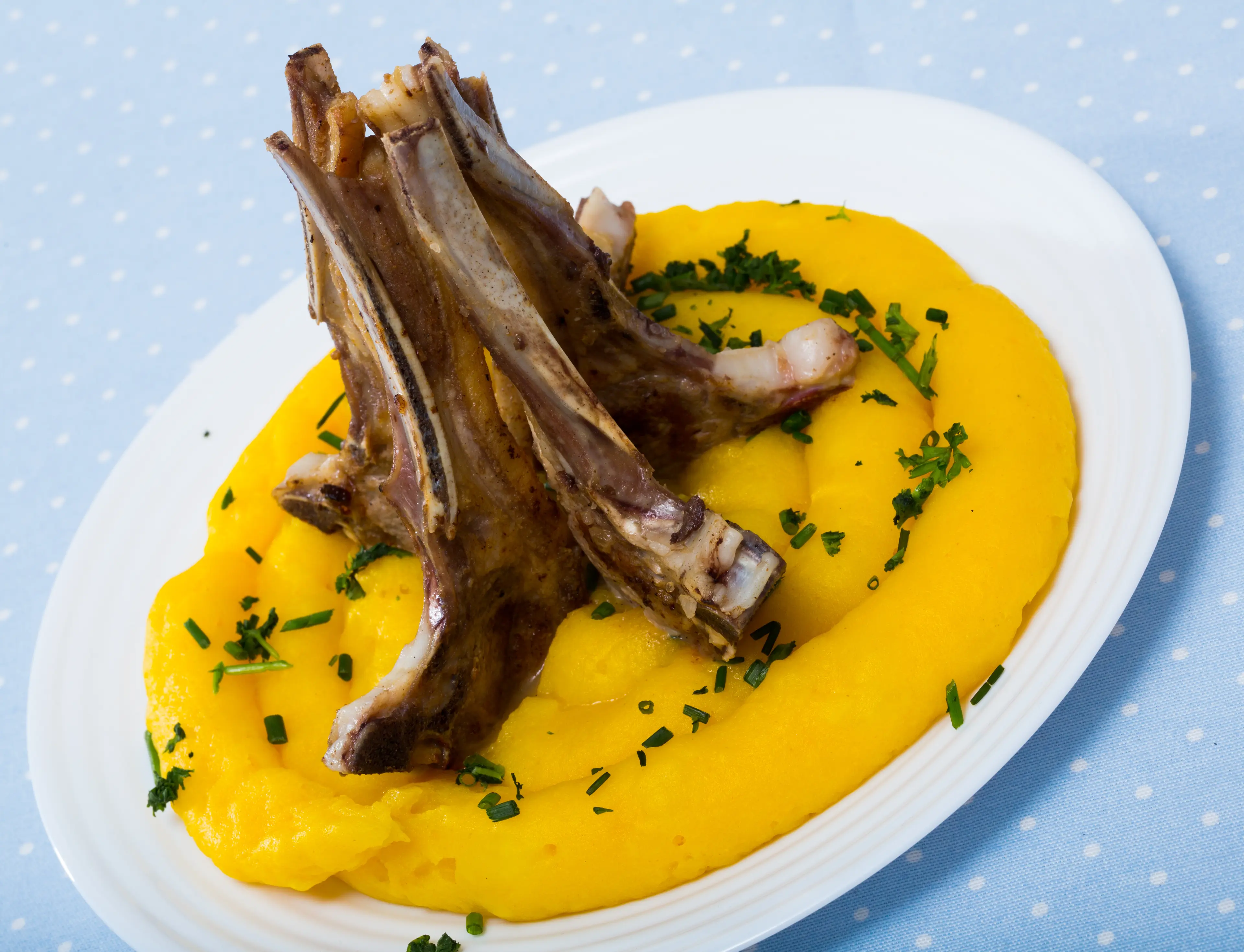
Pinnekjøtt
Pinnekjøtt is a festive dish in Western Norway, typically served at Christmas. It's made from ribs of lamb or mutton that have been salted and dried.

Krumkake
Krumkake is a traditional Norwegian waffle cookie, often served during the Christmas season. It's particularly popular in Western Norway.
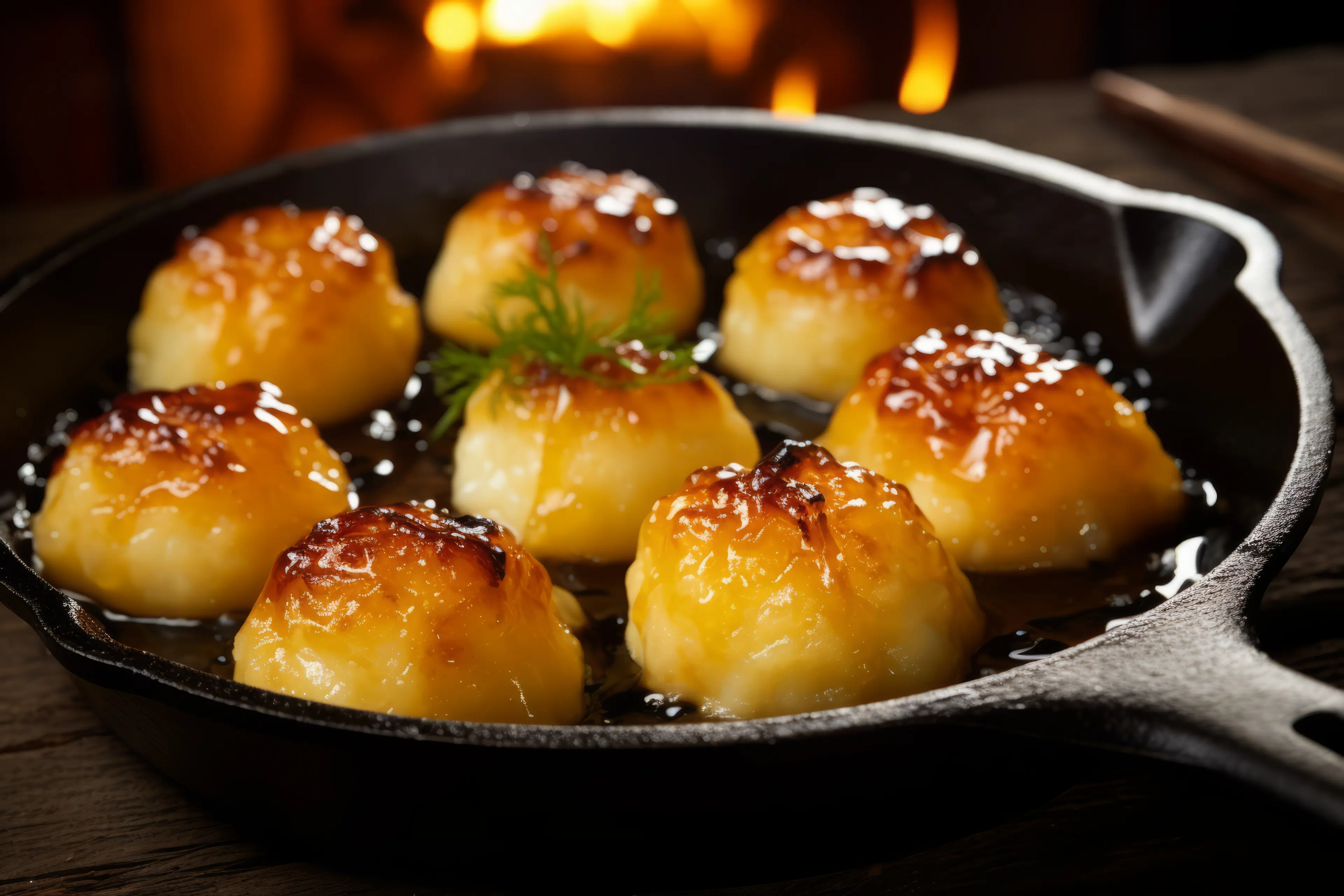
Raspeballer
Raspeballer, also known as potato dumplings, are a traditional Norwegian dish. They're particularly popular in Western Norway, where they're often served with bacon, butter, and mashed rutabaga.
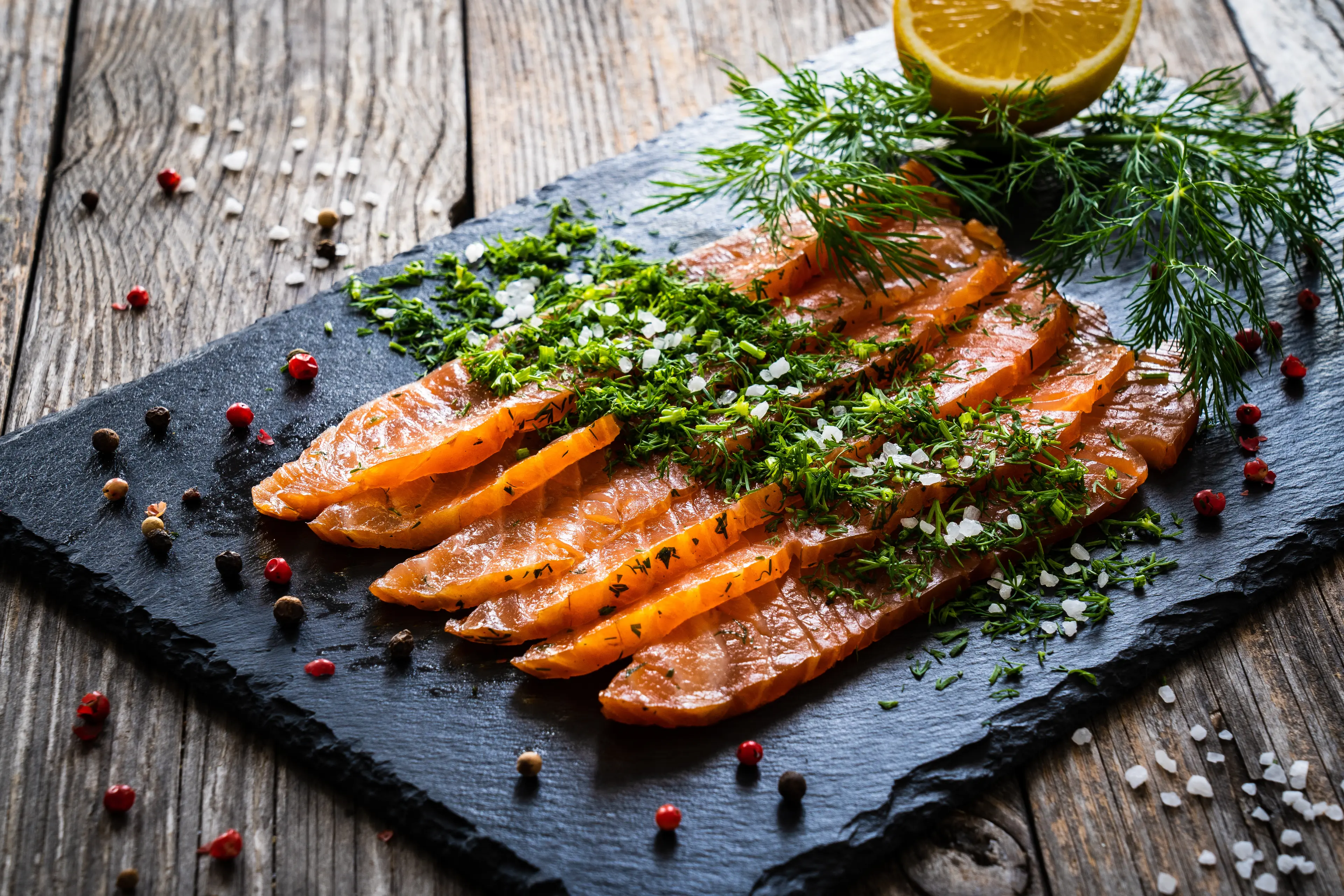
Gravlaks
Gravlaks is a dish of cured salmon, seasoned with dill, salt, sugar, and pepper. It's a delicacy in Western Norway, often served as an appetizer.
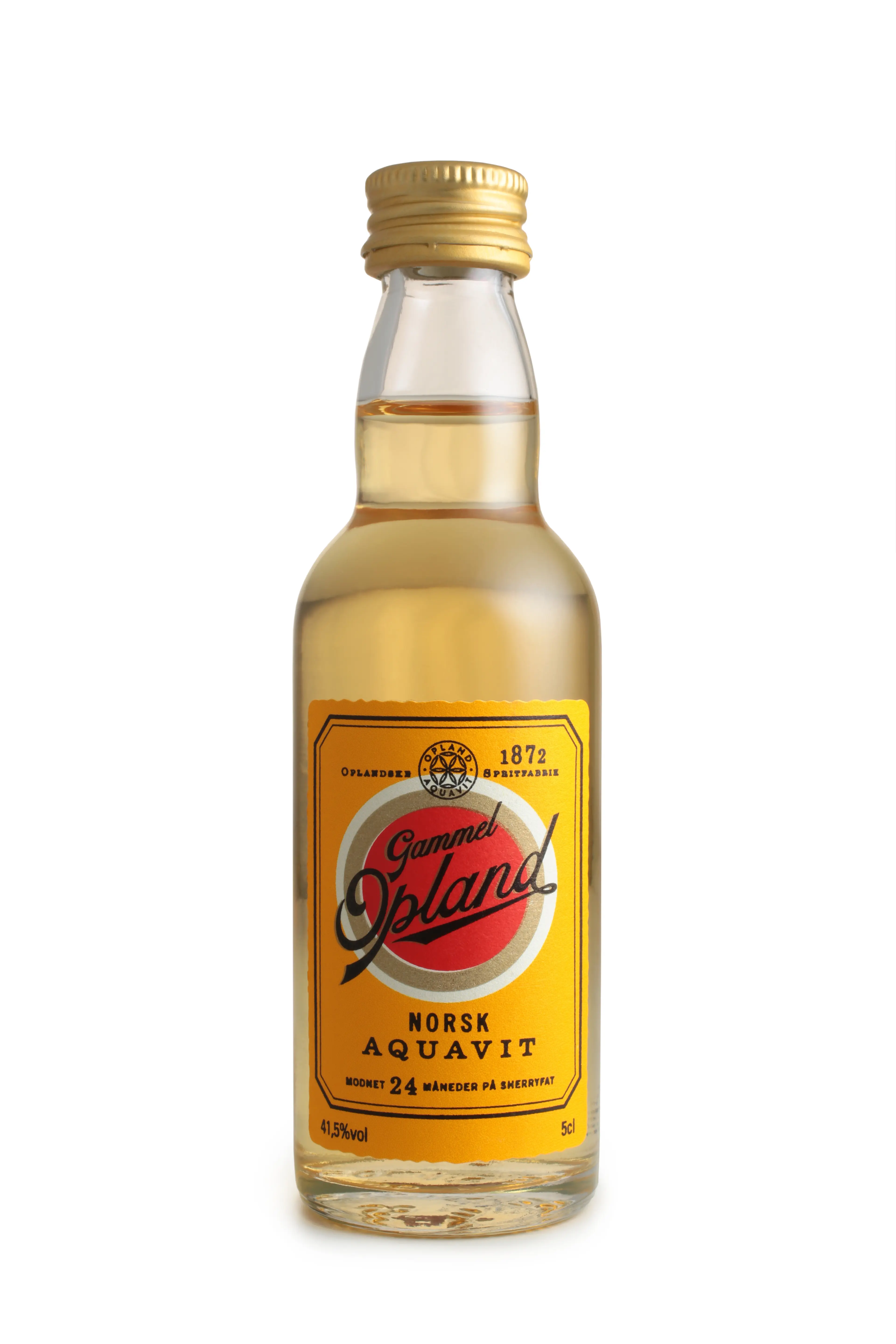
Aquavit
Aquavit is a traditional Norwegian spirit, distilled from potatoes and flavored with caraway. It's a popular drink in Western Norway, often served at celebrations and festive occasions.
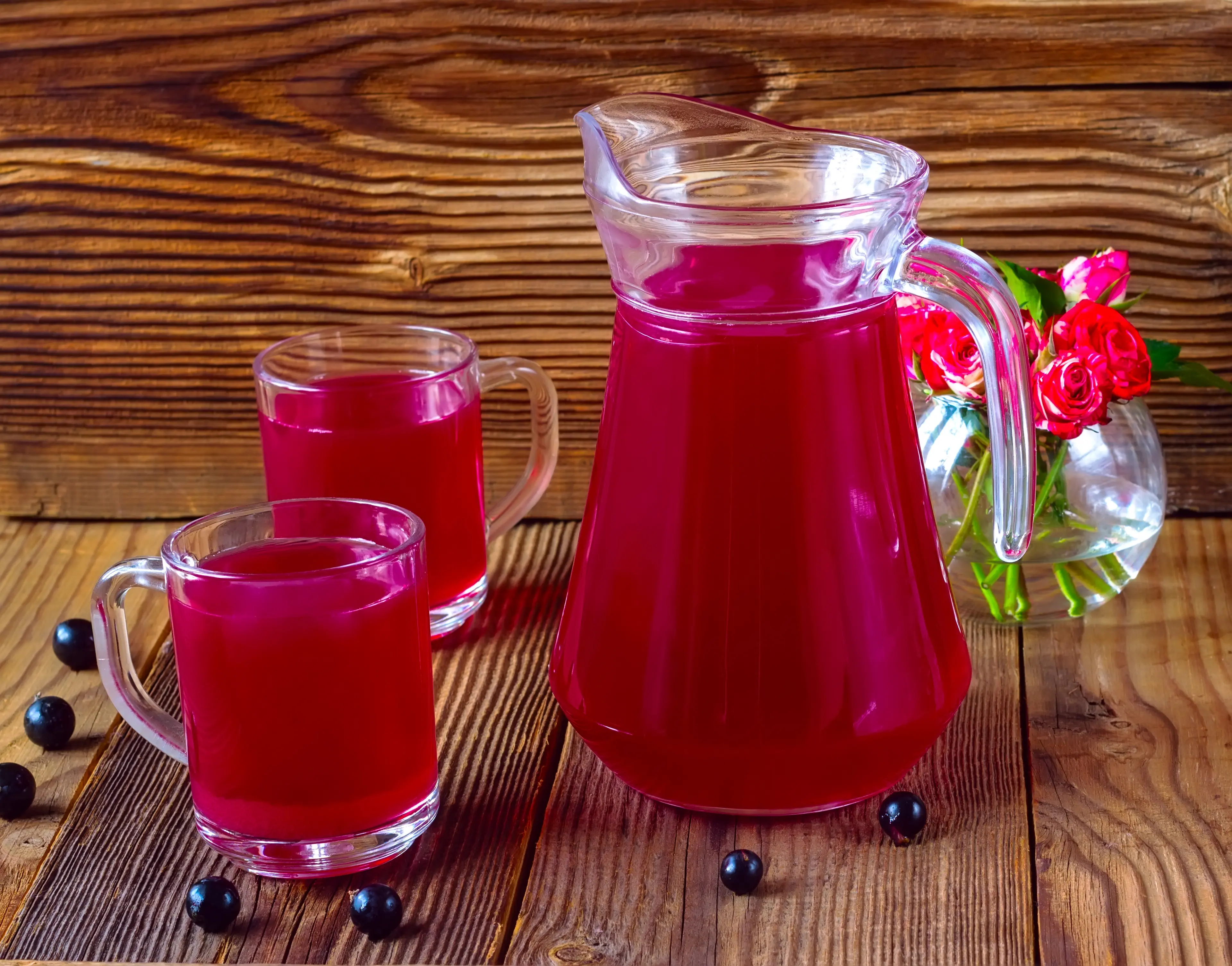
Solbærtoddy
Solbærtoddy is a warm blackcurrant toddy, a popular non-alcoholic drink in Western Norway, especially during the colder months.

Karsk
Karsk is a traditional Norwegian cocktail made with coffee and moonshine or vodka. It's a popular drink in Western Norway, particularly in rural areas.
Best time to visit
The best time to visit Western Norway is during the summer months, from June to August. During this period, you can enjoy long, bright days and mild temperatures, perfect for outdoor activities like hiking, fishing, and sightseeing. The famous fjords and picturesque landscapes are at their most vibrant, and wildlife is abundant. However, if you're interested in winter sports like skiing or snowboarding, the winter months from December to April would be the best time for you. Please note that winter in Norway can be quite cold and daylight hours are significantly shorter.
How to get around
Car Rental
Renting a car is a popular option for getting around in Western Norway. It provides the flexibility to explore at your own pace. There are several car rental companies available at airports and city centers. Remember to check the driving rules in Norway before your trip.
Public Bus
Public buses are a cost-effective way to travel around Western Norway. They connect major cities and towns, and even some of the more remote areas. Timetables can be found online or at local bus stations.
Train
The train network in Western Norway is efficient and offers stunning views of the landscape. The Bergen Railway, for example, is considered one of the most scenic train routes in the world. Trains are comfortable and punctual, and tickets can be purchased online or at the station.
Ferry
Ferries are an essential part of the transport system in Western Norway, connecting islands and crossing fjords. Some routes are primarily for local transport, while others are more touristic, offering beautiful views of the fjords and mountains.
Bicycle
Cycling is a popular way to get around in Western Norway, especially in the summer months. Many towns and cities have bike rental services, and there are numerous marked cycling routes throughout the region.
Hiking
Hiking is not only a mode of transport but also a favorite pastime in Norway. Western Norway is home to some of the country's most famous hikes, including Preikestolen and Trolltunga. Always check the weather forecast and prepare adequately before setting off on a hike.
Ridesharing
Ridesharing services, such as Uber, are available in some of the larger cities in Western Norway, like Bergen and Stavanger. This can be a convenient and cost-effective way to get around, especially if you're traveling in a group.
Taxi
Taxis are widely available in cities and larger towns in Western Norway. They can be hailed on the street, booked in advance, or found at taxi ranks at airports and train stations. Note that taxis in Norway can be quite expensive compared to other modes of transport.
Airport Shuttle
Most airports in Western Norway offer shuttle services to and from the city center. These are often the most convenient way to travel directly to your hotel or accommodation.
Public Boat
Public boats are a common mode of transport in the coastal and fjord areas of Western Norway. They connect many of the smaller islands with the mainland and offer a unique way to experience the beautiful Norwegian coastline.
Important information
Currencykr NOK
Time zoneUTC+1
Driving sideRight
Emergency phone112, 110
Drinking waterYes
Power sockets
Voltage230 V
Things to know about Western Norway, Norway as a first time visitor
1
Norwegian Krone (NOK) is the official currency of Norway. It's advisable to have some local currency for small expenses.
2
Norway is known for its high cost of living. Be prepared for higher prices for food, accommodation, and transportation compared to other European countries.
3
The official language is Norwegian, but English is widely spoken, especially in tourist areas and by younger people.
4
Norway uses the Europlug (Type C & F) socket. The standard voltage is 230 V, and the standard frequency is 50 Hz.
5
Norway is a very safe country to travel to. However, it's always important to take standard precautions to protect your belongings.
6
Public transportation is reliable and efficient. It includes buses, trams, ferries, and trains.
7
Tipping is not mandatory in Norway, but it's common to leave a 10-15% tip in restaurants if you're happy with the service.
8
Norway has a right to roam law, known as 'allemannsretten', which allows you to camp for free in wild places.
9
The weather in Western Norway can be unpredictable. Always check the forecast and be prepared for sudden changes.
10
In summer (June-August), temperatures range from 55°F to 75°F (13°C to 24°C). In winter (December-February), it can get as cold as 27°F to 45°F (-3°C to 7°C).
11
Norway is in the Central European Time Zone (CET, GMT +1). During daylight saving time, it's Central European Summer Time (CEST, GMT +2).
12
Norway has a high standard of healthcare. However, it's recommended to have travel insurance that covers health.
13
Tap water is safe to drink in Norway and is often of higher quality than bottled water.
14
Norway has strict laws on alcohol. It's only sold at certain times in supermarkets, and stronger drinks are only available at Vinmonopolet (state-owned alcohol stores).
15
Norway is a very eco-friendly country. Recycling is common, and many hotels and restaurants focus on using local and organic products.
16
Norwegian cuisine is based on its landscape. Seafood is very popular, especially salmon and cod. Also, try local specialties like brunost (brown cheese) and klippfisk (dried salted cod).
17
Norway has a zero-tolerance policy for driving under the influence of alcohol. The legal limit is very low, at 0.02% blood alcohol content.
18
Norway is a cashless society. Most transactions are done by card, even for small amounts. It's advisable to have a card that doesn't charge for international transactions.
19
In case of emergency, the general emergency number in Norway is 112.
20
Norway has a high UV index during summer, despite not being very hot. It's recommended to use sunscreen, even on cloudy days.
Basic Norwegian to know as a first time visitor
English phrase | Native phrase | Pronunciation | When to use it |
|---|---|---|---|
Hello | Hei | hay | Greeting someone |
Goodbye | Ha det | ha de | Saying goodbye |
Thank you | Takk | tack | Expressing gratitude |
Yes | Ja | ya | Agreeing or affirming |
No | Nei | nay | Disagreeing or negating |
Please | Vær så snill | var so snill | Making a polite request |
Excuse me | Unnskyld meg | un-shild may | Getting someone's attention or apologizing |
I don't understand | Jeg forstår ikke | yay for-stor ee-keh | When you don't understand something |
Do you speak English? | Snakker du engelsk? | snakker doo eng-elsk | Asking if someone speaks English |
Where is the bathroom? | Hvor er toalettet? | vor air toa-let-et | Asking for directions to the bathroom |
I need help | Jeg trenger hjelp | yay tranger yelp | When you need assistance |
Can I have the menu, please? | Kan jeg få menyen, vær så snill? | kan yay foa men-yen, var so snill | Requesting the menu in a restaurant |
How much does this cost? | Hvor mye koster dette? | vor mye koster dette | Asking the price of something |
I'm lost | Jeg er tapt | yay air tapt | When you've lost your way |
Can you help me? | Kan du hjelpe meg? | kan doo yel-pe may | Asking for help |
Where is...? | Hvor er...? | vor air | Asking for directions |
I'm sorry | Jeg beklager | yay be-klager | Apologizing |
Good morning | God morgen | god morgen | Greeting someone in the morning |
Good night | God natt | god nat | Saying goodnight |
I would like... | Jeg vil gjerne ha... | yay vil yerna ha | Making a request or order |
Packing List
Clothing
Thermal underwear
Warm socks
Waterproof hiking boots
Comfortable walking shoes
Warm sweaters
Waterproof jacket
Waterproof pants
Gloves
Beanie
Scarf
Swimsuit (for hot springs or indoor pools)
Casual outfits for dining out
Pajamas
Underwear
Sunglasses
Toiletries
Toothbrush and toothpaste
Shampoo and conditioner
Body wash or soap
Deodorant
Razor and shaving cream
Sunscreen
Lip balm
Hand sanitizer
Travel-sized first aid kit
Prescription medications
Contact lenses and solution (if needed)
Travel documents and essentials
Passport
Driver's license (for car rentals)
Credit and debit cards
Cash in local currency (Norwegian krone)
Travel insurance documents
Hotel and car rental reservations
Emergency contact information
Electronics and gadgets
Smartphone
Charger for smartphone
Power bank
Camera
Memory cards for camera
Charger for camera
Travel adapter (Norway uses Type F plugs)
Headphones
Miscellaneous items
Reusable water bottle
Snacks for hiking
Travel guidebook for Norway
Maps of the areas you'll be visiting
Backpack for day trips
Travel pillow for flights
Earplugs and eye mask
Umbrella
Binoculars for wildlife viewing
Weather Conditions
Western Norway, also known as Vestlandet, is known for its stunning fjords, mountains, and coastal scenery. However, its weather can be quite unpredictable, so it's essential to be prepared for various conditions. The region experiences a temperate oceanic climate, which means mild winters and cooler summer months compared to other regions at the same latitude. The average summer temperature ranges from 55°F to 70°F (13°C to 21°C), while in winter, it varies between 30°F and 45°F (-1°C to 7°C). Rain is a common occurrence in Western Norway, especially in Bergen, known as the rainiest city in Europe. Therefore, regardless of when you visit, it's advisable to pack waterproof clothing, including a raincoat and umbrella. In the winter months, snowfall is common in the mountains and inland areas, making it a paradise for winter sports enthusiasts. If you're planning to go skiing or snowboarding, ensure you have warm clothing, including thermal layers, gloves, and hats. The weather can change rapidly in the fjords and mountains, so if you're planning on hiking or boating, it's important to check the local weather forecast regularly. Despite the unpredictable weather, the natural beauty of Western Norway is undeniable. The Northern Lights can often be seen in the winter months, while the summer offers long days and the Midnight Sun in certain areas. Remember, the key to enjoying your visit to Western Norway is to be prepared for all types of weather. Happy travels!
| Month | Hi / Lo (°C) | Weather Overview |
|---|---|---|
January | 4° / -1° | January is the coldest month in Western Norway, with temperatures often dropping below freezing. Snowfall is common, making it a great time for winter sports. |
February | 4° / -1° | February is still quite cold, with similar temperatures to January. Snow is still common, and the days are slowly starting to get longer. |
March | 6° / 0° | March sees a slight increase in temperature, but it's still chilly. The snow begins to melt, and the days get noticeably longer. |
April | 10° / 2° | April is when spring starts to show, with temperatures rising and more hours of daylight. However, there can still be some cold snaps, so pack accordingly. |
May | 16° / 6° | May is a beautiful month to visit Western Norway, with mild temperatures and long days. The countryside is in full bloom, and outdoor activities are plentiful. |
June | 19° / 9° | June is the start of summer, with warm temperatures and the longest days of the year. It's a great time for hiking and exploring the fjords. |
July | 21° / 11° | July is the warmest month in Western Norway, with plenty of sunshine. It's the perfect time for swimming, boating, and other water activities. |
August | 21° / 11° | August is still quite warm, but the days start to get shorter. It's a great time to visit the cities and enjoy the outdoor cafes. |
September | 18° / 8° | September sees a drop in temperature, but it's still quite mild. The fall colors start to show, making it a beautiful time for sightseeing. |
October | 13° / 5° | October is when the fall weather really sets in, with cooler temperatures and shorter days. It's a great time for hiking and enjoying the fall colors. |
November | 8° / 2° | November is quite cold, with the first snowfalls of the season. The days are short, but the snow-covered landscape is beautiful. |
December | 5° / 0° | December is a festive time in Western Norway, with Christmas markets and plenty of snow. The days are short, but the Northern Lights can often be seen. |
Did you know?
Places near by Western Norway, Norway

Bergen
Known for its UNESCO-listed Bryggen wharf, Fløyen mountain, and annual Bergen International Festival.

Stavanger
Famous for its old town, cathedral, and nearby Pulpit Rock.

Trondheim
Home to the Nidaros Cathedral, the Archbishop's Palace, and the Old Town Bridge.

Oslo
The capital of Norway, known for its green spaces and museums, including the Edvard Munch Museum and the Norsk Folkemuseum.

Tromsø
Famous for its Northern Lights, Midnight Sun Marathon, and the Arctic Cathedral.

Lillehammer
Known for its Olympic Park, Maihaugen open-air museum, and the Norwegian Road Museum.

Ålesund
Famous for its Art Nouveau architecture, the Atlanterhavsparken aquarium, and the Aksla viewpoint.

Kristiansand
Known for its old town, Kristiansand Zoo and Amusement Park, and the Kristiansand Cathedral.

Fredrikstad
Famous for its old town, the Kongsten Fort, and the Hvaler islands.

Narvik
Known for its War Museum, the Ofoten Railway, and the Narvikfjellet mountain.